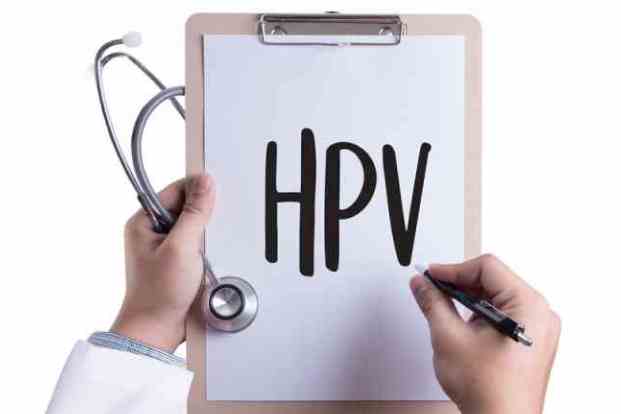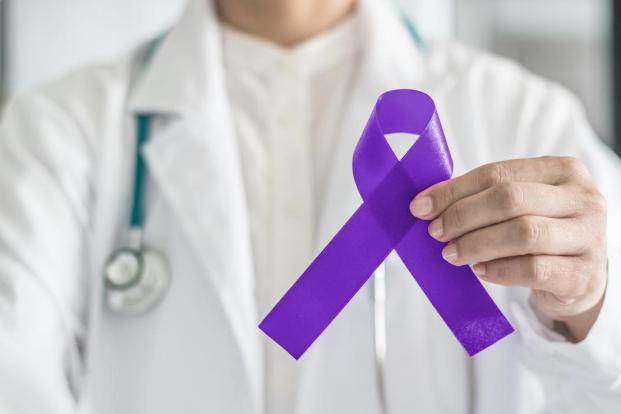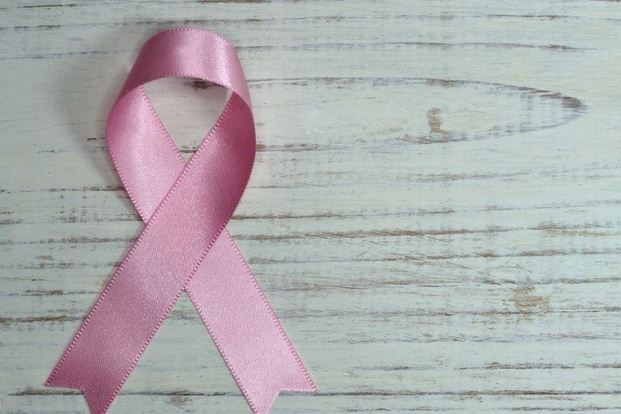What are the signs and symptoms of Anal Cancer?

Apr 19, 2022
Cancer starts when cells in the body begin to grow out of control. Cells in nearly any part of the body can become cancer and can spread to other parts of the body.
Signs and Symptoms of Anal Cancer
Sometimes anal cancer causes no symptoms at all. But bleeding is often the first sign of the disease. The bleeding is usually minor. At first, most people assume the bleeding is caused by hemorrhoids (painful, swollen veins in the anus and rectum that may bleed). They are a benign and fairly common cause of rectal bleeding. The symptoms of anal cancer are very similar to other problems, including hemorrhoids (piles) or anal fissures (tears).

The most common symptom is rectal bleeding or blood in the stool, with almost half of all patients affected in this way.
- Rectal bleeding
- Rectal itching
- A lump or mass at the anal opening
- Pain or a feeling of fullness in the anal area
- Narrowing of stool or other changes in bowel movements
- Abnormal discharge from the anus
- Swollen lymph nodes in the anal or groin areas
There are other symptoms such as
- Small lumps are seen or felt around the anus which could be confused with piles.
- An increase in the number or size of piles.
- Pain in the anal area.
- Difficulty in passing stools and extreme constipation are common symptoms.
- Feeling a continuous urge to pass a motion, with no production, possibly with increased mucus.
- Discharge from the back passage, or swelling, itching and persistent redness or soreness around the anal area.
- Difficulty controlling your bowels (fecal incontinence).
Most anal cancers (80%) are diagnosed in people who are over age 60. Prior to age 35, anal cancer is more common in men. However, after age 50, anal cancer is slightly more common in women. Most often these types of symptoms are more likely to be caused by benign (non-cancer) conditions, like hemorrhoids, anal fissures, or anal warts.







